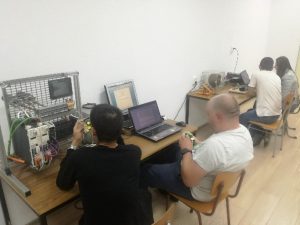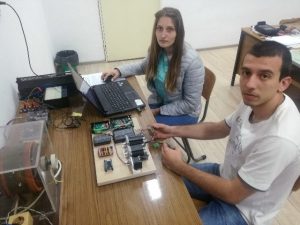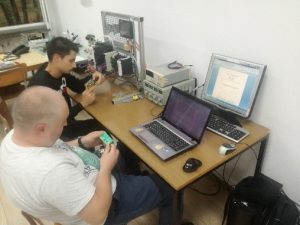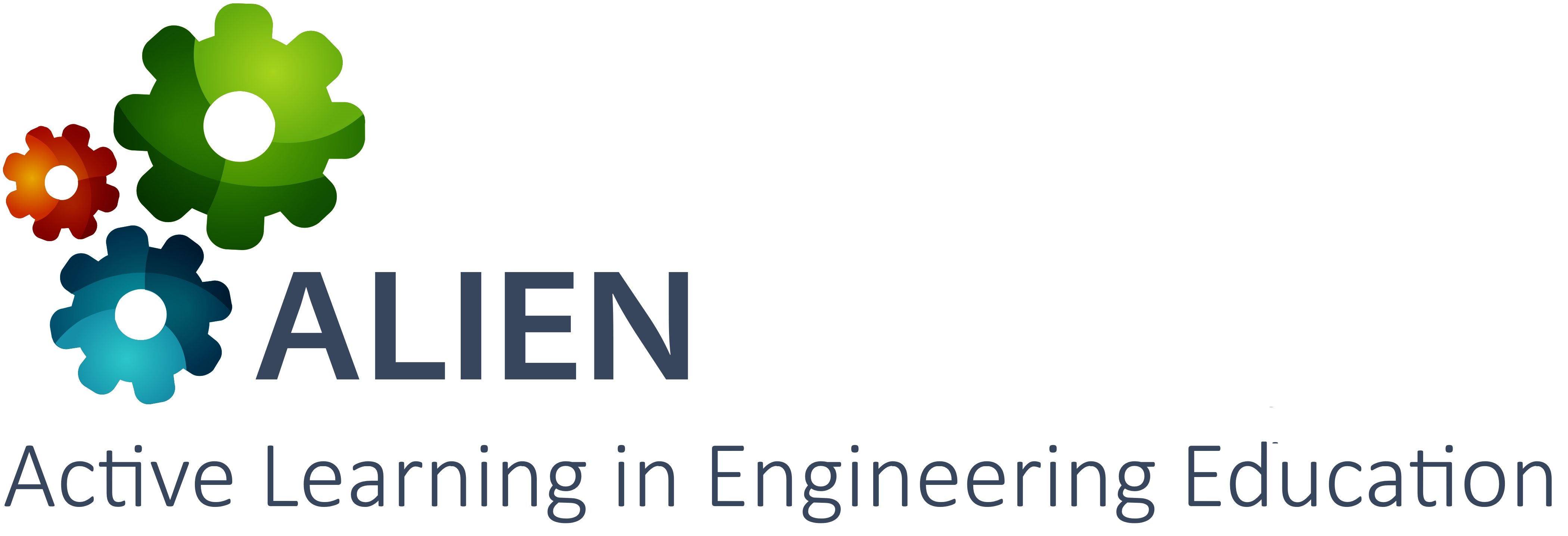 Course overview
Course overview
The course introduces the fundamental principles of reliability and practical reliability definitions. It focuses on the main stresses and failure mechanisms of electronic components, as well as on the reliability prediction procedure and modelling techniques. It addresses the design for the reliability process and reliability testing for assessing the reliability of an electronic system.
Participants in piloting
The course enrolled 60 students in the 1st year of undergraduate studies, following a degree course in Automotive Electronic Engineering and Automation, Robotics and Computer-Aided Control Systems. The course is mandatory in the formal curriculum of the Department of Electronics of the Technical University of Gabrovo.
Use of ALIEN services and tools
During the course, students were exposed to active and problem-based learning in the contexts of a team project where they were organized in 4 teams so as to calculate the failure intensity of the electronic components of different DC/DC converters by using ItemTool Kit application. The project was done in several stages:
Stage 1 – the students got familiar with the circuit, components and principle of operation of the DC/DC converter by using online resources;
Stage 2 – the students recorded the nominal and operating values of the parameters of the electronic components of the respective DC/DC converter;
Stage 3 – each team calculated the failure intensity of the electronic components by using either MIL-HDBK-217F method or FIDES method and ItemTool Kit application.
Stage 4 – the teams chose a replacement reliability circuit and calculated the quantitative reliability indicators: failure probability, probability of failure-free operation and mean time between failures.
Stage 5 – each team determined and recorded the components of the circuits having the highest failure intensity.
Stage 6 – all teams swapped data and made an analysis of the results obtained by comparing the findings for the two circuits and the two calculation methods.


The active learning activities allowed students to incorporate IT in their calculations so that they can be prepared for their future work life as engineers. In addition, they were able to improve their analytical and critical thinking, and communication skills and built a team spirit. Problem-solving played a key role.


